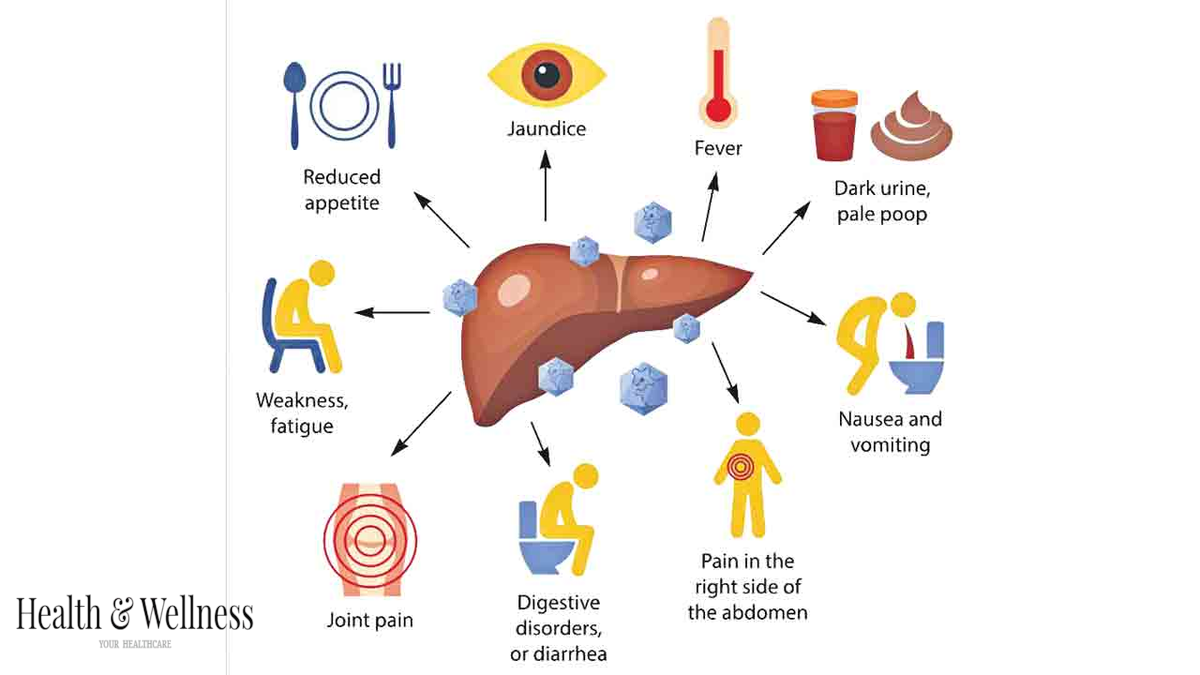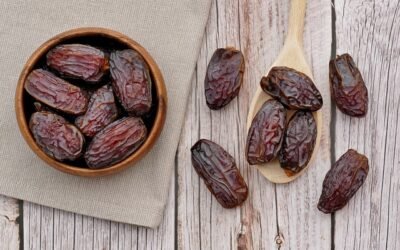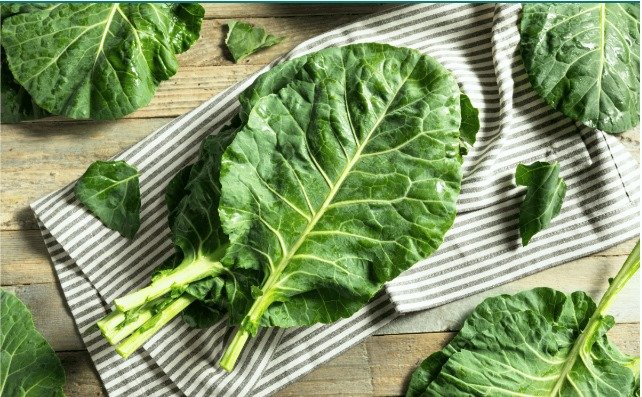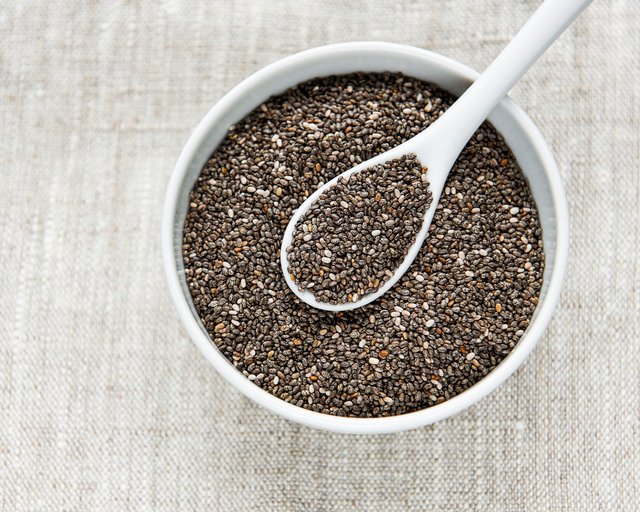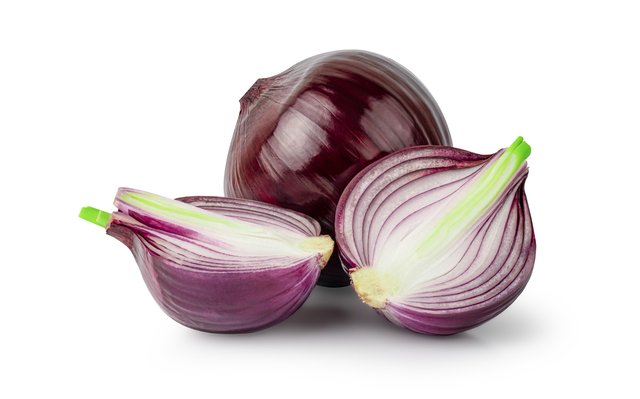What You Ought to Be aware of Sugar Alcohols
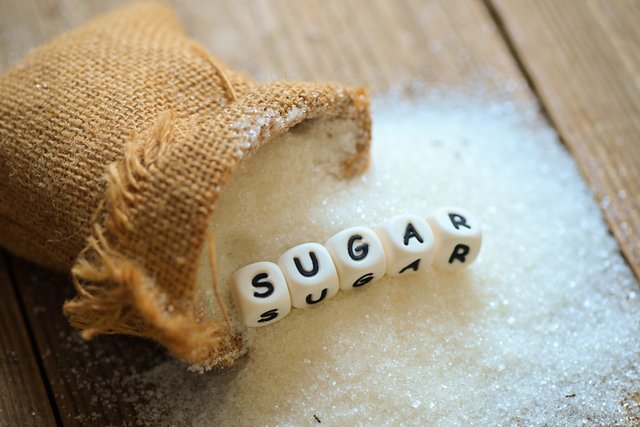
In the event that you’re aware of your sugar consumption (maybe particularly assuming you have diabetes), you’re possible an expert at perusing food marks. In any case, what amount do you are familiar items that utilization sugar alcohols as a sugar?
“Sugar alcohols might impact your blood sugars, however by and large, they’ve for quite some time been believed to be protected to incorporate as a feature of a reasonable eating routine,” says enlisted dietitian Tegan Bissell, RD, LD. “However, new examination shows that that probably won’t be essentially as obvious as we once suspected.”
We conversed with Bissell and doctor researcher Stanley Hazen, MD, PhD, to comprehend what sugar alcohols are and the potential dangers that are becoming visible.
What are sugar alcohols?
The actual term is really deceptive: There is no ethanol in sugar alcohols, and there’s no table sugar by the same token. “Sugar alcohols are a sort of starch and have a substance structure that is like sugar,” Bissell explains.
However they happen normally in certain food sources and are made by your body, the levels present are vanishingly little. Most sugar alcohols found in bundled food varieties are artificial and fabricated. Food makers utilize these sugar alcohols to improve their items while diminishing calories.
“Sugar alcohols invigorate the tongue’s sweet taste buds, which adds flavor without additional sugar or calories,” Bissell makes sense of. “Food organizations use them so they can advertise their food sources as ‘low-carb,’ ‘sans sugar’ or ‘diabetes-accommodating’ without forfeiting taste.”
Along these lines, they’re much of the time tracked down in items, once more, that are marked “diabetes-accommodating” or “keto-accommodating.” Normal sugar alcohols include:
- Xylitol.
- Erythritol.
- Sorbitol.
- Maltitol.
- Mannitol.
- Isomalt.
- Lactitol.
More data on those singular fixings in a second. In any case, for the present, we should dig somewhat more profound into what sugar alcohols do, in general.
Sugar alcohols versus fake sugars
Sugar alcohols are in some cases alluded to as fake sugars, a classification that incorporates aspartame and saccharin, yet they’re really not exactly the same thing. However they’re both fabricated, they vary in two or three key ways.
“Sugar alcohols have not very many calories, and they’re not generally so sweet as sugar,” Bissell notes. “Fake sugars, then again, are synthetics that give an extraordinary degree of pleasantness and no calories.”
You can likewise purchase counterfeit sugars as a sugar substitute for baking and cooking and find them in parcels at cafés and bistros. Sugar alcohols are usually utilized in handled food varieties.
Sugar alcohols versus sugar
Sugar is 100 percent regular, solely coming from organic products, plants, vegetables and milk. However some sugar alcohols come from products of the soil, the ones utilized in handled food varieties are falsely delivered.
Sugar alcohols enjoy a few upper hands over normal sugar, including:
- Less calories: Dissimilar to sugar, which has around 4 calories for each gram, sugar alcohols have somewhere in the range of 0 and 2 calories for every gram. “They taste nearly as sweet as sugar with about around 50% of the calories — or less,” says Bissell.
- Simpler glucose the board: Dissimilar to ordinary sugar, sugar alcohols don’t cause abrupt glucose spikes. “They’re viewed as a low glycemic file food and may cause just a slight ascent in glucose levels,” she adds. “That is the reason they’re utilized in economically delivered bundled bites and desserts and are normally advertised as “great for diabetes.”
- Less dental gamble: Sugar alcohols don’t respond to dental plaque the manner in which sugar does, and that implies they don’t add to tooth rot. “You might see the sugar liquor xylitol as a fixing in your toothpaste, which assists improve it with tasting while it’s assisting with forestalling depressions,” Bissell calls attention to.
- Less carbs: Sugar alcohols can squeeze into a low-carb diet since they’re a lot of lower in carbs and have a lower glycemic record than customary types of sugar.
Sounds perfect, correct? Not all that quick. There’s one more key distinction between endlessly sugar alcohols.
“Your body can without much of a stretch summary sugar and use it for energy,” Bissell makes sense of. “However, it can’t ingest or completely digest sugar alcohols.” it just so happens, that can lead to certain issues.
Dangers of sugar alcohols
Sugar alcohols have for some time been viewed as a protected expansion to your eating regimen — with some restraint. Studies have shown 10 to 15 grams per day of sugar alcohols are protected. In any case, many handled food sources containing sugar alcohols have levels far more noteworthy than that edge. Furthermore, new examination is demonstrating the way that raised degrees of sugar alcohols can be risky to your wellbeing.
1. Cardiovascular failure and stroke
Dr. Hazen and his group have directed examinations on the impacts of both xylitol and erythritol. Furthermore, the discoveries are profoundly unsettling.
Circling levels of both xylitol and erythritol have been demonstrated to be related with an expanded gamble for “major unfriendly cardiovascular occasions.” That incorporates an uplifted gamble for respiratory failure, stroke and even passing.
Presently, affiliation doesn’t approach causation. Be that as it may, studies with blood, platelets and non-human models all highlight erythritol and xylitol upgrading blood thickening dangers (what occurs in a coronary episode or stroke). The worry is that eating food sources with these sugar alcohols might put you at a higher gamble for coronary episode and stroke.
Elevated degrees of xylitol and erythritol can send your platelets into overdrive. Platelets are the parts in your blood that permit it to cluster. Thickening is something to be thankful for on the off chance that you have a painful injury. It holds you back from draining out. However, when your blood coagulations inside your body, it’s a recipe for a health related crisis — like a coronary failure or stroke.
It doesn’t take much by the same token. For instance, only one scoop of keto-accommodating frozen yogurt contains as much as 30 grams of xylitol. Dr. Hazen’s examination proposes that is sufficient to shake your platelets and make them bound to shape clusters. Also, the expanded gamble goes on around four to six hours (or until you eat more xylitol-containing food sources.)
At the point when you eat food varieties containing erythritol, the gamble can stay for a few days.
“More examination should be finished to comprehend what the impacts are of other sugar alcohols. In any case, in view of what we see from xylitol and erythritol, most would agree that sugar alcohols ought to warrant alert,” Dr. Hazen states. “These mixtures are in food varieties that are commonly advertised to individuals with diabetes, who as of now have an expanded gamble for significant heart occasions. Also, the sugar alcohols in their eating regimens may coincidentally be adding to that gamble.”
2. Gastrointestinal (GI) issues
Your body can’t completely process sugar alcohols, which can prompt a few disagreeable GI side effects when eaten in bigger amounts — and they for the most part happen pretty not long after you eat them.
In a 2006 English review, specialists gave members portions of sugar or one of two kinds of sugar alcohols (xylitol and erythritol). The people who took xylitol revealed swelling, gas, irritated stomach and looseness of the bowels. Erythritol seemed to milderly affect the stomach, possibly expanding queasiness and gas when consumed in huge portions.
3. A purgative impact
In regular terms, this implies that sugar alcohols might make you crap. Once more, this is on the grounds that your stomach can’t assimilate sugar alcohols, which can make them wait in your digestion tracts and age.
This impact is most normal in youngsters and in grown-ups who:
Have crabby inside disorder (IBS).
Are having a GI eruption from Crohn’s sickness.
Have an aversion to FODMAPs.
4. Weight gain
Sugar alcohols are low in calories and carbs, be that as it may, contingent upon the sort, aren’t liberated from them. In this way, it’s as yet conceivable to put on weight while you’re eating food varieties that contain sugar alcohols, particularly assuming you eat them in abundance.
An investigation of undergrads found that consuming elevated degrees of dietary erythritol were related with weight gain — explicitly, expanded tummy fat — all through their first year.
How might you let know if a food contains sugar alcohols?
“Similarly as sugar hides behind various terms on food marks, sugar alcohols likewise have many names,” Bissell explains. At the point when you see one of these items on a name, this is the very thing you’re getting:
Xylitol is similarly sweet as sugar. It comes from wheat straw and a few cereals. On a modern scale, it’s delivered from wood materials or by microbial maturation. It’s generally expected found in sans sugar sweets and confections. Likewise every now and again tracked down in diabetic confections. Remarkably, you’ll likewise find it in some oral consideration items, similar to toothpaste and mouthwash since it forestalls dental conveys. The risks related with xylitol are connected with eating it in enormous amounts. In this way, it won’t cause adverse consequences in your dental consideration (wash and spit) schedule.
Erythritol is 60% to 80% as sweet as sugar. While it tends to be found in little amounts in things like pears, soy sauce and watermelon, on a modern scale, it’s made by yeast maturation of corn or wheat starch. One of the quickest developing sugar substitutes in the food business, ingesting it as a sugar substitute can raise blood levels more a 1,000 overlap, and require days prior to getting once again to pattern levels.
Isomalt is around 45% to 65% as sweet as sugar. It comes from beet sugar.
Lactitol gives around 40% of the pleasantness of sugar. Producers make it from milk.
Maltitol is around 75% as sweet as sugar and is produced using corn, wheat and potatoes, and synergist hydrogenation.
Mannitol is half to 70% as sweet as sugar. Normally, it happens in carrots, olives and asparagus. While certain producers make it from ocean growth, a lot is produced using hydrogenation of fructose at high temperatures and tension.
Sorbitol is about half as sweet as sugar. Normally, it’s tracked down in apples and pears, yet mechanically, it’s produced using potato starch.
In any case, frustratingly, you could be eating food varieties made with sugar alcohols without knowing it — regardless of whether you’re perusing those marks intently. The U.S. Food and Medication Organization (FDA) doesn’t need food organizations to list sugar alcohols on their fixing records.
Beside perusing the fixings on food names, Bissell says you can distinguish items that might contain sugar alcohols by searching for handled food varieties that say they’re:
- Keto-safe.
- Diabetes-safe.
- Sans sugar, no sugar or low sugar.
- Falsely improved.
- Normally improved or improved with regular mixtures.
- Low-calorie or without calorie.
Another glaringly obvious hint that an item incorporates sugar alcohols is a name that says, “Exorbitant utilization can cause a purgative impact.” The FDA requires this language on any item that contains added sorbitol or mannitol.
The main concern
Sugar alcohols can assist with diminishing your carb consumption, however the dangers might be reason to the point of cutting their admission or cut them out totally. Analysts don’t yet know their full effect on your wellbeing. Similarly as with most food varieties, it’s ideal to polish off items with endlessly sugar alcohols just with some restraint and to zero in on entire food sources all things considered.


